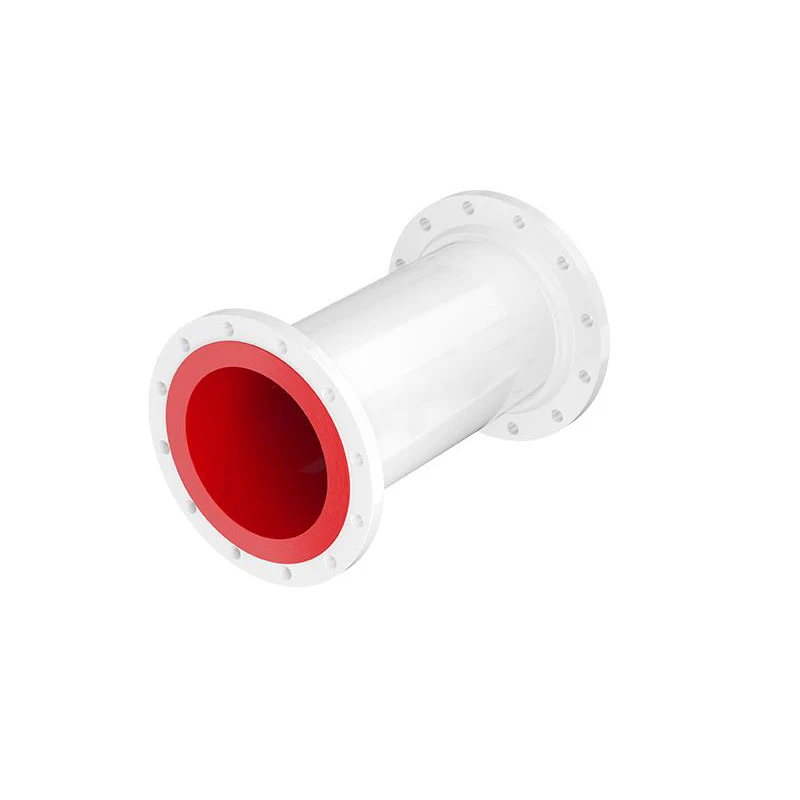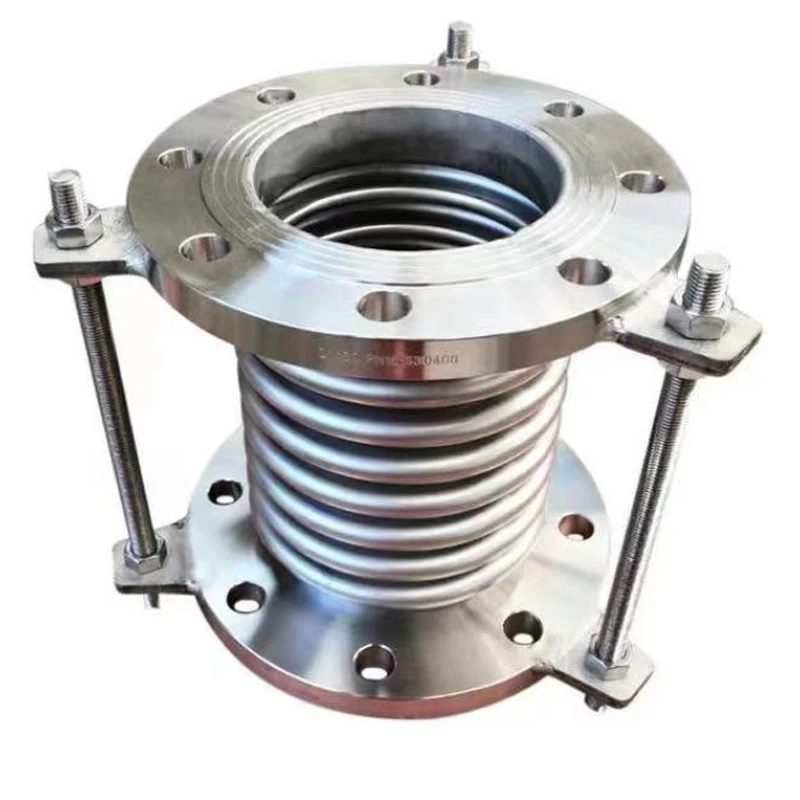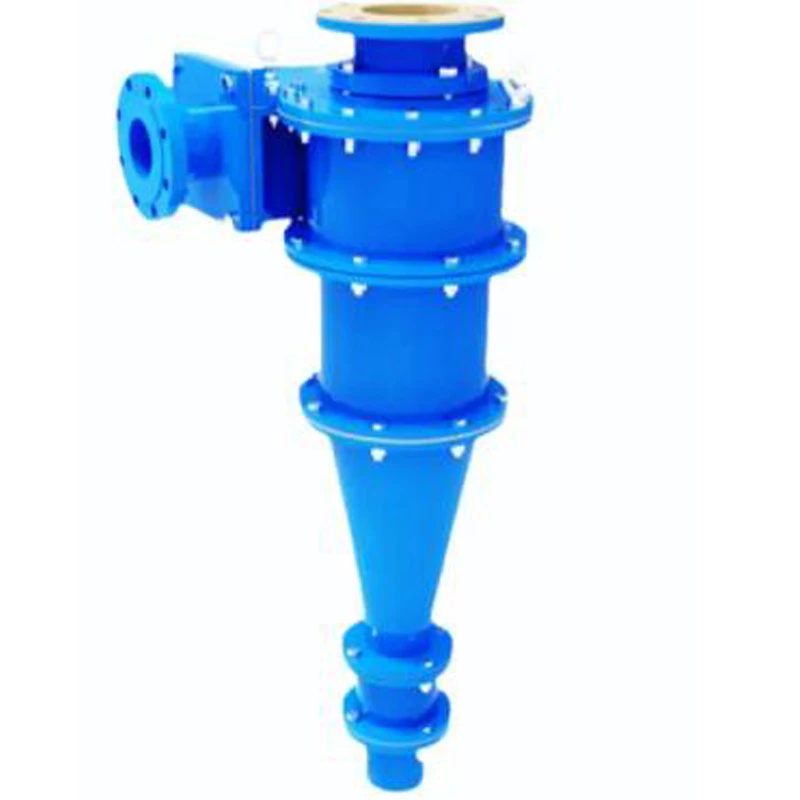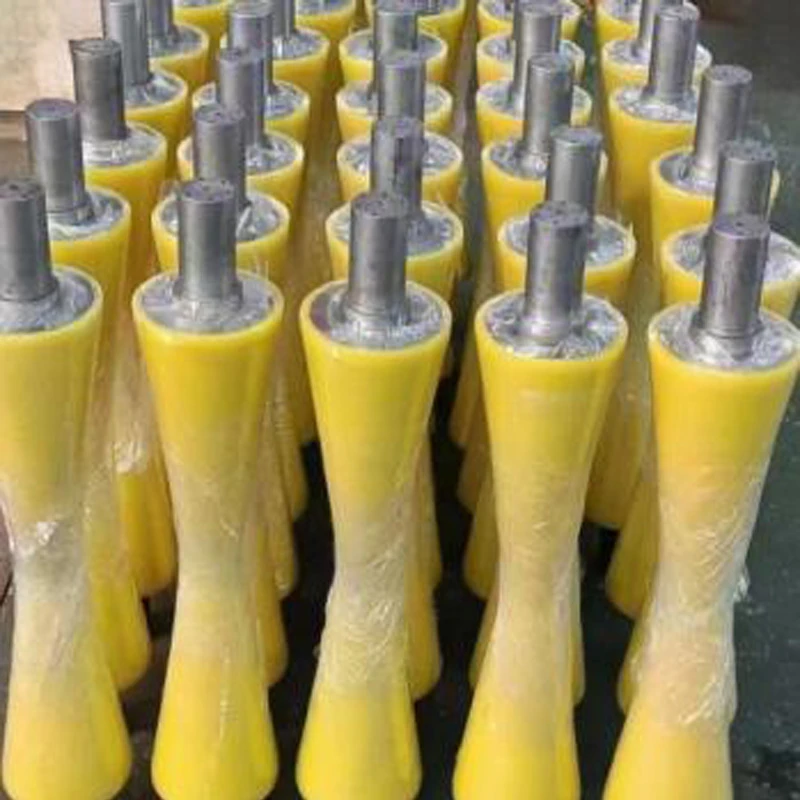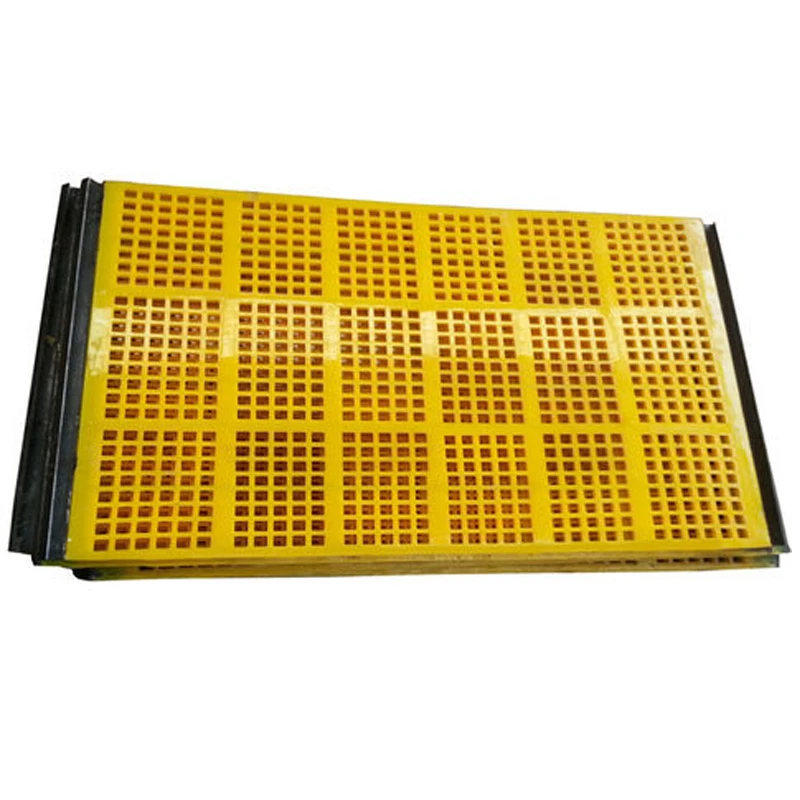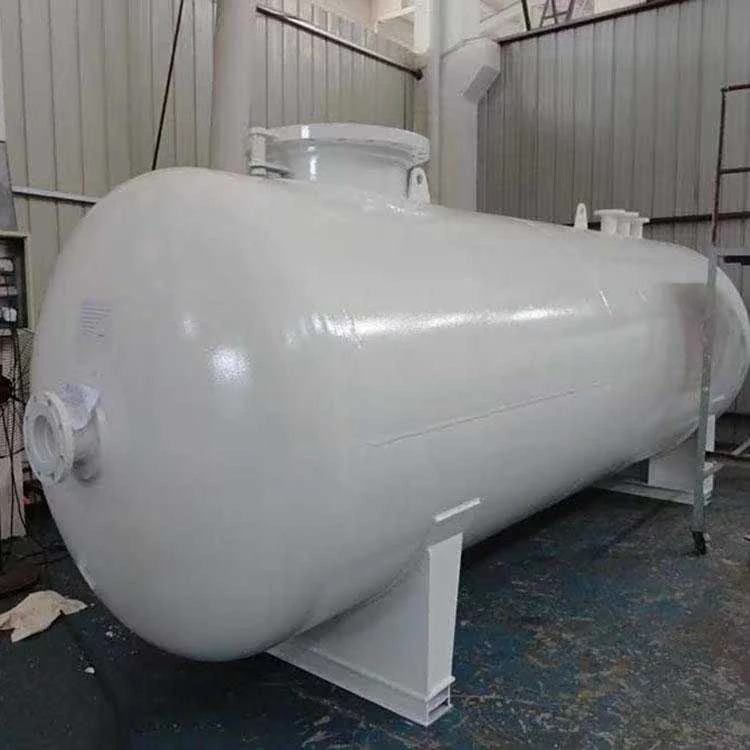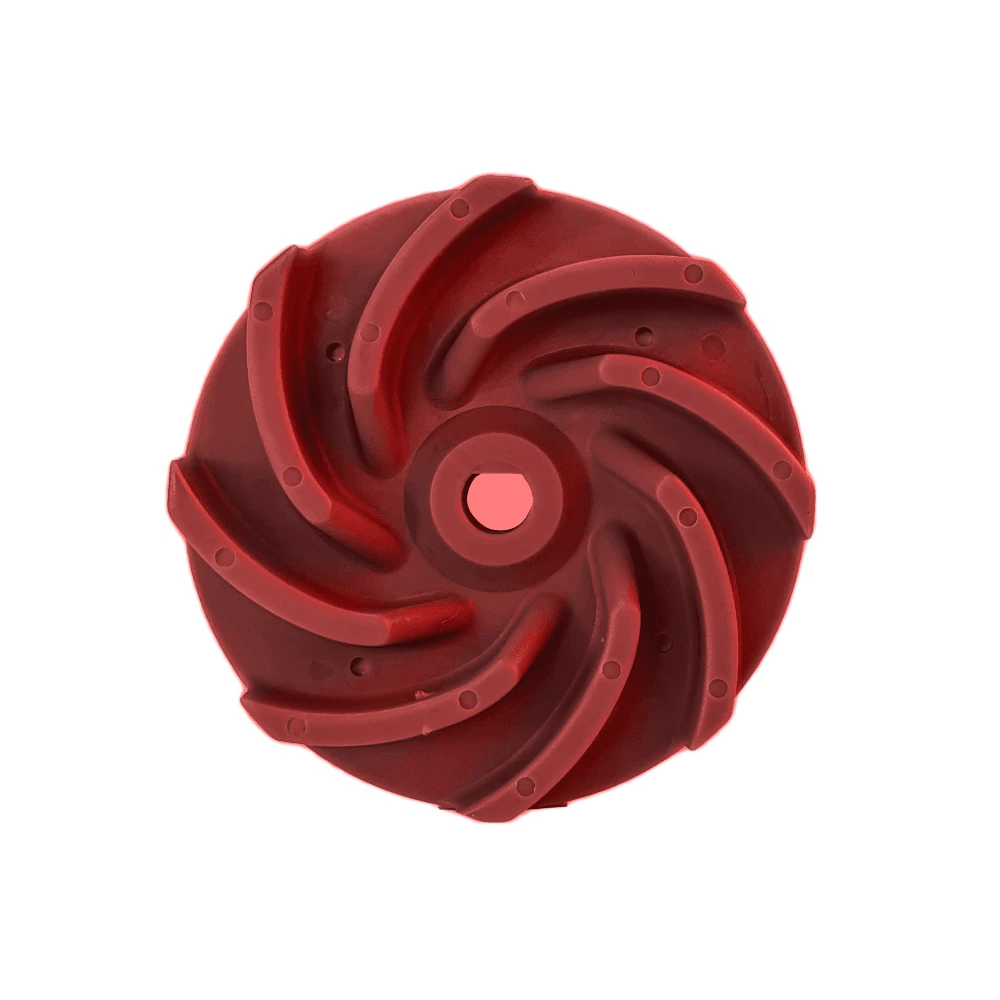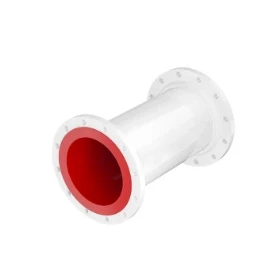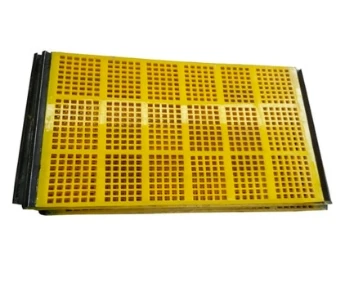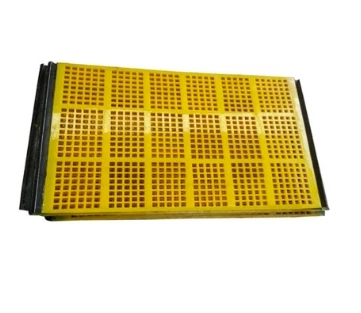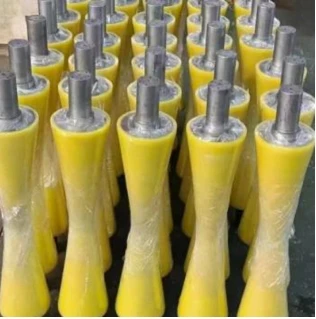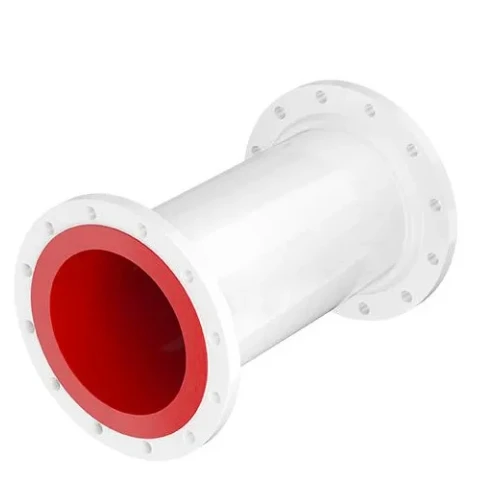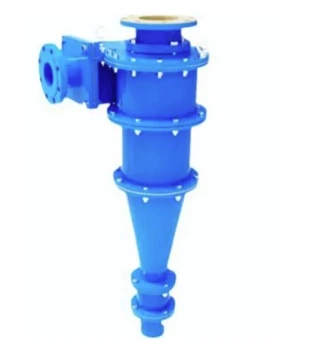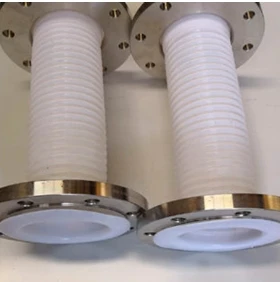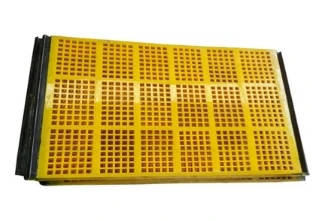Tough Polyurethane Pipe & Fittings - Black, Lined, Reliable Supply
Understanding Polyurethane Pipe: A Core Component in Industrial Fluid Handling
In the demanding world of industrial fluid and slurry transportation, material selection is paramount for ensuring operational efficiency, safety, and longevity. Polyurethane pipe stands out as a superior choice, renowned for its exceptional wear resistance, flexibility, and chemical inertness. This advanced piping solution is increasingly vital across a diverse range of sectors, from mining and dredging to chemical processing and wastewater treatment, where conventional materials often fail prematurely under harsh conditions. Its unique properties enable it to significantly reduce downtime, lower maintenance costs, and extend the lifespan of critical infrastructure, making it a cornerstone technology for modern industrial applications requiring robust and reliable conveyance systems.
The increasing adoption of polyurethane pipe reflects a growing industry trend towards more sustainable and durable solutions. As operational environments become more aggressive and the push for greater efficiency intensifies, engineers and procurement specialists are actively seeking materials that can withstand abrasion, corrosion, and impact. Polyurethane, a versatile polymer, offers a compelling answer to these challenges, providing a cost-effective alternative that outperforms traditional steel, rubber, or plastic pipes in many specialized applications. Its versatility also extends to custom formulations, allowing for tailored properties to meet specific project demands, further solidifying its position as a preferred material in complex industrial setups.
The Manufacturing Excellence Behind Polyurethane Lined Straight Pipe
The production of high-performance polyurethane pipe, especially specialized variants like Polyurethane Lined Straight Pipe, involves a sophisticated multi-stage manufacturing process designed to achieve optimal material integrity and operational performance. This process typically begins with the precise formulation of the polyurethane elastomer, where specific polyols and isocyanates are selected and mixed, often with additives to enhance properties such as UV resistance or flame retardancy. The base pipe, usually made of carbon steel or sometimes stainless steel for extreme corrosion resistance, undergoes thorough surface preparation, including sandblasting, to ensure optimal adhesion for the polyurethane lining.
The lining process itself often employs centrifugal casting or rotational molding techniques, where the liquid polyurethane mixture is introduced into the pre-treated pipe and rotated at high speeds. This ensures an even, consistent thickness of the polyurethane pipe lining, free from air bubbles or imperfections, and guarantees excellent bonding to the inner surface of the steel pipe. For larger diameters or specific applications, spray lining or hand lay-up methods might also be used. Post-curing at controlled temperatures is crucial to fully cross-link the polymer, achieving its final hardness, elasticity, and wear resistance. This meticulous process ensures a robust composite structure capable of handling abrasive slurries and corrosive fluids effectively.
Quality control is integrated at every stage, from raw material inspection to final product verification. Finished polyurethane pipe undergoes rigorous non-destructive testing (NDT) such as ultrasonic thickness checks, visual inspection for surface defects, and adhesion tests to confirm the bond integrity between the liner and the steel substrate. Hydrostatic pressure testing is also commonly performed to verify the pipe's structural integrity and leak-proof performance under design operating pressures. Adherence to international standards like ISO 9001 for quality management and ANSI standards for dimensions and pressure ratings is critical, ensuring reliability and compatibility in global industrial systems. Typical service life for properly installed and maintained polyurethane pipe can extend from 5 to 15 years, significantly outperforming unlined alternatives in abrasive applications.
Key Technical Parameters and Performance Attributes
The superior performance of polyurethane pipe is underpinned by a set of critical technical parameters that dictate its suitability for specific industrial applications. Understanding these specifications is essential for engineers designing fluid conveyance systems. Key parameters include Shore Hardness, which indicates the material's resistance to indentation, typically ranging from 80A to 95A for pipe linings to balance abrasion resistance with flexibility. Tensile strength and elongation at break quantify the material's ability to withstand stretching forces before fracturing, crucial for dynamic or high-pressure systems.
Operating temperature range is another vital consideration, with most polyurethane formulations performing optimally between -20°C and +80°C, though specialized compounds can extend this range. The coefficient of friction and abrasion resistance (measured by methods like the Taber Abrasion Test) directly impact the pipe's longevity in slurry transport. Chemical compatibility, verified against common industrial chemicals, ensures resistance to degradation from acids, alkalis, and hydrocarbons. Manufacturers often provide comprehensive data sheets detailing these parameters, allowing for precise material selection based on fluid characteristics and environmental conditions.
Typical Polyurethane Pipe Specifications
| Parameter | Typical Value Range | Significance |
|---|---|---|
| Shore Hardness (A) | 85-95A | High resistance to abrasion and impact. |
| Tensile Strength | 35-55 MPa | Strength against pulling forces. |
| Elongation at Break | 400-600% | Flexibility and ability to deform without breaking. |
| Operating Temperature | -30°C to +85°C | Suitable range for most industrial applications. |
| Abrasion Loss (ASTM D4060) | <0.05 cm³ (1000 cycles) | Exceptional resistance to wear from abrasive slurries. |
| Coefficient of Friction | 0.4-0.6 (dynamic) | Smooth flow, reduced energy consumption. |
These specifications collectively demonstrate why polyurethane pipe lining significantly extends the service life of pipelines in abrasive and corrosive environments. The high elasticity and resilience of polyurethane allow it to absorb impact from abrasive particles without significant material loss, a phenomenon often referred to as "elastomer bounce." This characteristic, combined with its excellent tear and cut resistance, makes it far superior to rigid materials like steel or even specialized ceramics in certain high-wear scenarios, providing long-term cost savings through reduced replacement cycles and minimized maintenance interventions.
Diverse Applications and Strategic Advantages
The exceptional durability and adaptability of polyurethane pipe make it an indispensable asset across a wide spectrum of demanding industries. In the mining sector, it is extensively used for transporting abrasive slurries containing ore, sand, or tailings, where its superior wear resistance significantly prolongs pipe life compared to traditional steel pipes. Similarly, dredging operations benefit immensely from the robustness of polyurethane pipe in conveying highly abrasive sand and gravel mixtures. The oil and gas industry utilizes it for handling corrosive fluids and for applications requiring impact resistance, while wastewater treatment plants leverage its chemical resistance for aggressive effluents.
Beyond these core applications, polyurethane pipe finds use in coal processing, power generation (for ash handling), and various general industrial applications involving granular materials or corrosive chemicals. Its low coefficient of friction also contributes to energy savings, as less pumping power is required to move fluids, especially dense slurries. The ability of black polyurethane pipe variants to resist UV degradation further extends its utility in outdoor installations. For instance, in a large-scale iron ore mine in Western Australia, the transition from unlined steel pipes to polyurethane-lined pipes resulted in a 400% increase in pipeline service life, drastically reducing maintenance costs and increasing operational uptime.
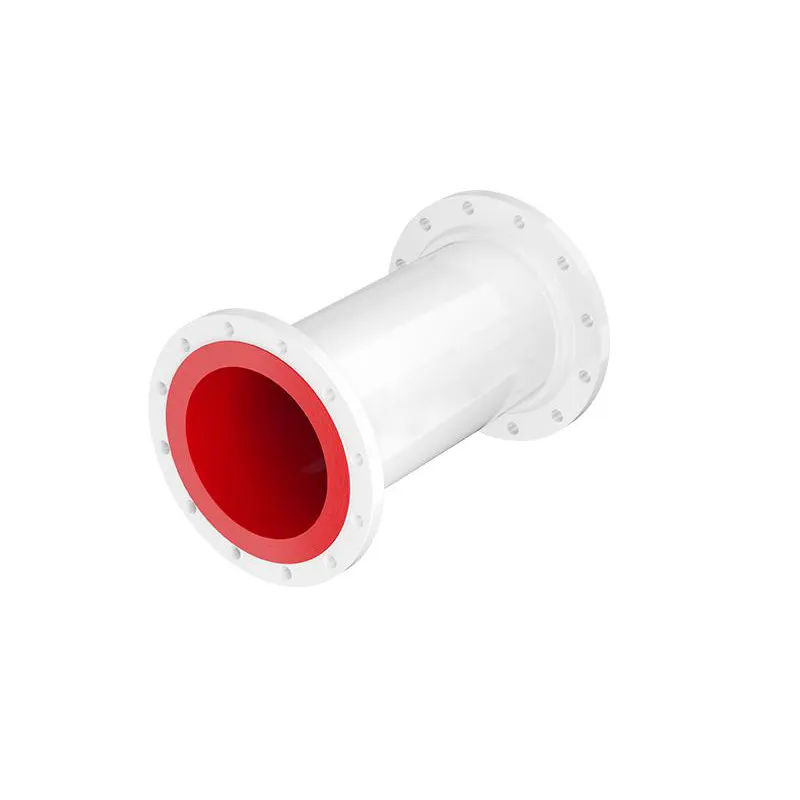
Figure 1: Robust Polyurethane Pipe ready for demanding industrial applications.
Technical Advantages Summary
- Superior Abrasion Resistance: Outlasts steel and other materials in slurry and abrasive media transport.
- Corrosion Protection: Highly resistant to a wide range of chemicals, acids, and alkalis.
- Impact Resistance: Absorbs shock effectively, reducing damage from heavy particles.
- Noise Reduction: Dampens vibrations, contributing to a quieter operating environment.
- Longer Service Life: Significantly reduces downtime and replacement costs.
- Reduced Pumping Costs: Smooth inner surface minimizes friction, leading to lower energy consumption.
- Lightweight (relative to unlined steel with similar performance): Easier handling and installation.
Choosing Your Polyurethane Pipe Supplier: A Critical Decision
Selecting the right polyurethane pipe suppliers is crucial for ensuring the quality, reliability, and cost-effectiveness of your fluid handling systems. Reputable suppliers not only offer high-quality products but also provide expert technical support, custom engineering solutions, and reliable after-sales service. Key considerations when evaluating suppliers include their manufacturing capabilities, adherence to international quality standards (e.g., ISO 9001), their track record with similar projects, and their ability to provide comprehensive product warranties and certifications.
A key differentiator among polyurethane pipe suppliers lies in their expertise in customizing solutions. Many industrial applications demand tailored pipe designs, specific polyurethane formulations, or unique polyurethane pipe fittings to integrate seamlessly with existing infrastructure. For instance, some projects might require specialized flanges, bends, or reducers that are also lined with polyurethane to maintain continuous abrasion resistance throughout the system. Experienced suppliers will engage in detailed consultations, offering CAD designs and material recommendations to optimize performance for your specific operating conditions, ensuring a perfect fit and long-term durability.
Manufacturer Comparison: Key Differentiators
| Feature | Premium Supplier (e.g., QW Metal) | Standard Supplier |
|---|---|---|
| Material Quality | Virgin, high-grade polyurethanes, custom formulations. | Standard commercial grades, less customization. |
| Manufacturing Process | Centrifugal casting, strict QA/QC (ISO 9001). | Basic molding, less stringent quality checks. |
| Customization & Engineering | Full bespoke solutions, CAD, FEA, complex fittings. | Limited standard sizes and fittings. |
| Testing & Certification | Hydrostatic, NDT, Adhesion, Abrasion, ISO/ANSI. | Basic pressure tests, fewer certifications. |
| Technical Support | Experienced engineers, project consultation. | Basic product information. |
| Warranty & After-Sales | Comprehensive warranty, responsive support. | Limited warranty, less active support. |
By prioritizing suppliers with robust manufacturing processes and a commitment to quality, businesses can maximize the operational benefits and return on investment from their polyurethane pipe systems. A case study from a major cement manufacturer demonstrated that partnering with a certified supplier for their new pneumatic conveying system, including custom-designed polyurethane pipe fittings, resulted in a 30% reduction in annual maintenance costs compared to their previous setup, attributed directly to the superior durability and precise engineering of the components.
Trust and Reliability: FAQs and Guarantees
Frequently Asked Questions (FAQs)
Q: What is the typical service life of Polyurethane Lined Pipe?
A: With proper material selection and installation for specific applications, Polyurethane Lined Pipe can last significantly longer than unlined steel pipe – often 5 to 15 times longer in abrasive slurry applications, translating to 5-15 years or more, depending on the abrasion severity and operating conditions. Regular inspections can further optimize its lifespan.
Q: Can polyurethane pipes handle high temperatures?
A: Standard polyurethane formulations are suitable for continuous operating temperatures up to 85°C (185°F). For higher temperatures, specialized high-temperature resistant polyurethane compounds are available, which can extend the range up to 100°C (212°F) or slightly higher for intermittent exposure. It's crucial to specify temperature requirements to your polyurethane pipe suppliers.
Q: Is Polyurethane Pipe suitable for chemical transport?
A: Yes, polyurethane exhibits excellent resistance to many chemicals, including dilute acids, alkalis, oils, and greases. However, its resistance can vary based on the specific chemical concentration, temperature, and type of polyurethane. A detailed chemical compatibility chart should always be consulted for critical applications, and samples may be tested if uncertainty exists.
Q: What is the typical delivery timeframe for custom polyurethane pipe orders?
A: Delivery times vary based on complexity, order volume, and current production schedules. For standard sizes and small orders, lead times might be 3-5 weeks. Custom or large-scale projects, including specialized polyurethane pipe fittings, typically require 6-12 weeks. Reputable suppliers provide clear timelines and project milestones during the quotation phase to ensure efficient project planning.
Quality Assurance and Support
At QW Metal, we stand by the superior quality and performance of our Polyurethane Lined Straight Pipe and related polyurethane pipe fittings. Each product undergoes stringent multi-stage quality control, adhering to international standards such as ISO 9001:2015. We provide comprehensive material certifications, test reports, and a robust warranty against manufacturing defects, ensuring peace of mind for our clients. Our commitment extends to providing dedicated technical support throughout the project lifecycle, from initial consultation and design to installation guidance and after-sales service.
We believe that building trust is paramount in B2B relationships. Our long-standing partnerships with leading companies in mining, dredging, and infrastructure underscore our commitment to reliability and customer satisfaction. We aim to be more than just a supplier; we strive to be a trusted partner in optimizing your fluid conveyance systems for maximum efficiency and longevity. Our responsive customer support team is always available to address queries, provide technical assistance, and facilitate smooth project execution.
Conclusion: The Future of Industrial Fluid Conveyance
As industries continue to seek more durable, efficient, and cost-effective solutions for fluid and slurry transport, polyurethane pipe is poised to play an even more critical role. Its unparalleled combination of abrasion, corrosion, and impact resistance makes it an ideal material for the most challenging operating environments. By investing in high-quality polyurethane lining technology, businesses can significantly extend the lifespan of their piping infrastructure, reduce maintenance overheads, and enhance overall operational reliability.
The advancements in polyurethane formulations and manufacturing techniques continue to expand the horizons for these versatile pipes. From standard straight sections to complex polyurethane pipe fittings, the customizability available from expert polyurethane pipe suppliers ensures that precise engineering solutions are available for virtually any industrial requirement. Embracing this technology is not just an investment in a product but a strategic move towards a more resilient and sustainable operational future.
References
- Smith, J. (2018). Advanced Polymeric Materials in Abrasive Slurry Transport: A Review. Journal of Materials Engineering and Performance, 27(8), 4321-4335.
- Davis, M. (2020). Elastomer Applications in Mining and Mineral Processing. International Journal of Mineral Processing, 198, 107025.
- Polymer Science & Technology Handbook. (2019). Polyurethanes: Chemistry, Properties, and Applications. CRC Press.
- ASTM International. (Latest Standard). ASTM D4060 - Standard Test Method for Abrasion Resistance of Organic Coatings by the Taber Abraser.
Related Products
Our main products are polyurethane lined pipes, mining equipment fittings and metal hoses.




